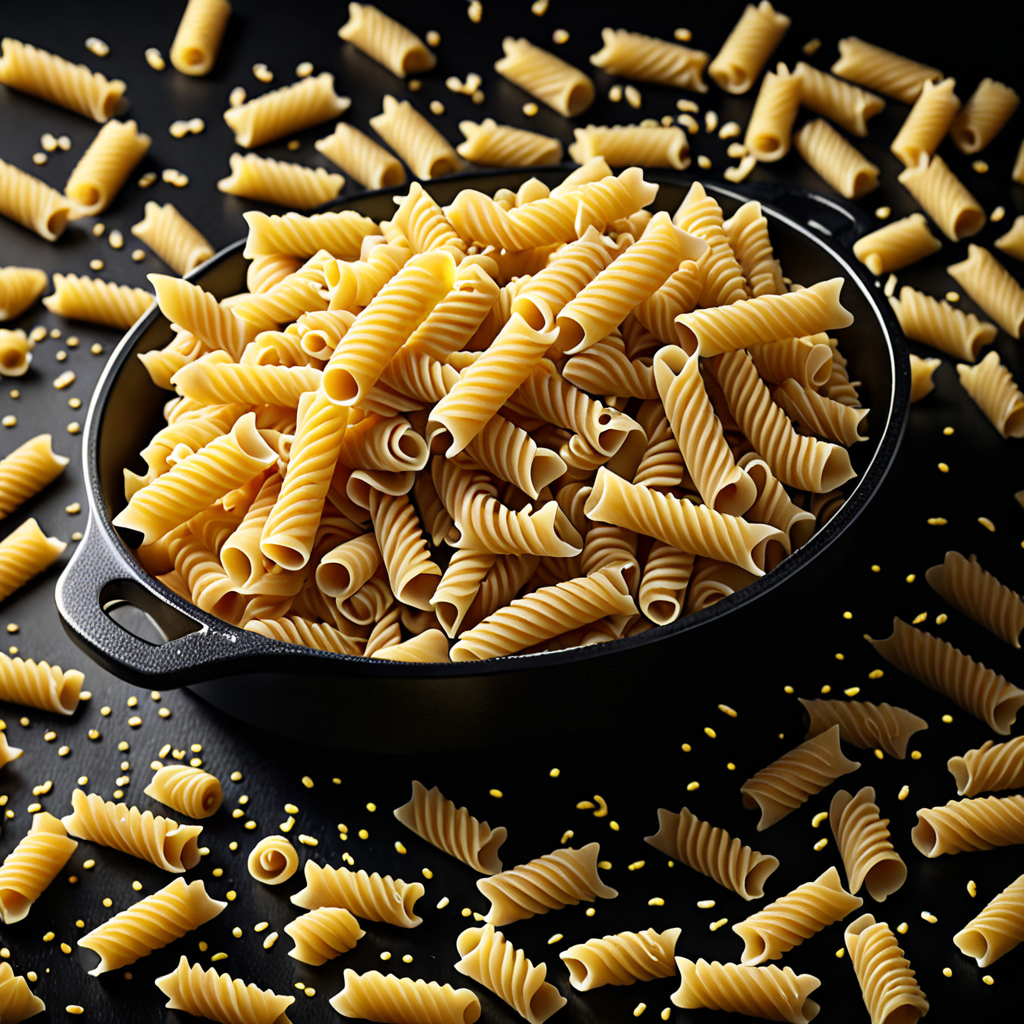How to Prepare Delicious Extruded Pasta Dough at Home
How to Prepare Delicious Extruded Pasta Dough at Home
Pasta is a versatile dish that can be enjoyed in various forms – from spaghetti to penne to fusilli. While store-bought pasta may seem convenient, nothing beats the satisfaction of making your own fresh pasta dough at home. In this blog post, we will guide you through the process of preparing extruded pasta dough, which is perfect for shaping different pasta varieties using an extruder machine. So roll up your sleeves, put on your favorite apron, and let’s get started!
Ingredients
To make your homemade extruded pasta dough, you will need the following ingredients:
- 2 cups of all-purpose flour
- 2 large eggs
- ½ teaspoon of salt
- 1 tablespoon of olive oil
- Water (as needed)
Directions
Follow these simple steps to prepare your delicious extruded pasta dough:
- In a large mixing bowl, combine the all-purpose flour and salt. Create a well in the center of the flour mixture.
- Crack the eggs into the well, and add the olive oil.
- Using a fork, beat the eggs and olive oil together, gradually incorporating the flour from the sides of the well. Continue mixing until a shaggy dough forms.
- Use your hands to bring the dough together. If the dough feels too dry, add water, a tablespoon at a time, until it reaches the right consistency. If the dough becomes too sticky, add a sprinkle of flour and knead until smooth.
- Transfer the dough onto a floured surface and knead it for about 5-7 minutes until it becomes elastic and smooth. This step helps develop the gluten in the dough, which gives the pasta its desired texture.
- Once the dough is smooth, shape it into a ball and cover it with a clean kitchen towel. Allow it to rest for at least 30 minutes. This resting period allows the gluten to relax, making it easier to work with and preventing the pasta from becoming chewy.
- After resting, cut the dough into smaller sections for easier handling. Shape each section into a rough log shape.
- Set up your extrusion machine according to the manufacturer’s instructions. Attach the desired pasta shape die or disc.
- Feed one log of dough through the extruder while turning the handle to produce your chosen pasta shape. Repeat this step with the remaining dough sections.
- As the pasta is extruded, place it on a lightly floured surface or a drying rack to prevent sticking.
- Once all the pasta is extruded, bring a large pot of salted water to a rolling boil. Carefully add the pasta and cook it for 2-5 minutes, or until al dente. Remember that fresh pasta cooks much faster than dried pasta, so keep a close eye on it!
- Drain the pasta and serve it with your favorite sauce, garnish, or simply with olive oil and grated cheese. Enjoy!
FAQ
1. Can I use a different type of flour for extruded pasta dough?
While all-purpose flour is commonly used for making pasta dough, you can experiment with different types of flour, such as semolina or 00 flour, to achieve different textures and flavors. Keep in mind that different types of flour may require adjustments in the amount of liquid needed.
2. Do I need a pasta extruder to make extruded pasta dough?
Using a pasta extruder gives you the ability to shape your pasta into various forms easily. However, if you don’t have a pasta extruder, you can still make delicious homemade pasta using a rolling pin and a knife to cut it into your desired shape.
3. How should I store leftover extruded pasta dough?
If you have unused pasta dough, wrap it tightly in plastic wrap and store it in the refrigerator for up to 2 days. Alternatively, you can freeze the pasta dough for up to a month. Just make sure to let it thaw overnight in the refrigerator before using.
4. Can I add flavorings to the extruded pasta dough?
Absolutely! You can add various flavorings to your pasta dough, such as herbs, spices, or even vegetable puree. Just make sure to adjust the liquid content accordingly to maintain the proper dough consistency.
5. How do I prevent the extruded pasta from sticking together?
To prevent the pasta from sticking together, make sure to generously flour the surface where you place the extruded pasta. Additionally, tossing the pasta with a little bit of olive oil or flour after extrusion can also help prevent sticking.
Now that you have the knowledge and a fantastic recipe for preparing extruded pasta dough, it’s time to unleash your creativity and enjoy the delicious results. Homemade pasta always tastes better, so gather your loved ones, get cooking, and savor the satisfaction of a homemade meal. Buon appetito!






